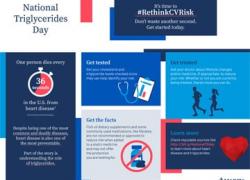Don’t Let Diabetes Shortchange Your Golden Years
(NewsUSA) - Dianne Mattiace shows that managing diabetes shouldn’t get in the way of enjoying your retirement, thanks in part to a game changing new technology
- Dianne Mattiace shows that managing diabetes shouldn’t get in the way of enjoying your retirement, thanks in part to a game changing new technology
After a busy career in healthcare, Dianne has finally retired with her husband in Alabama. However, she has no intention of slowing down. Dianne is looking to live life to its fullest, whether that’s serving on the Board of a local charity, spending time with her grandchildren or swimming in the lake by her house in summer.
Now in her early seventies, Dianne was first diagnosed with type 1 diabetes over 30 years ago and spent many years adjusting to the stress of managing her diabetes. At times she felt like she had lost control of her diabetes and her life.
On one occasion, while her husband was traveling for work, Dianne was hospitalized in Florida on the edge of diabetic ketoacidosis, a potentially life-threatening complication. “It was quite scary for me and my family. Thankfully I was treated successfully, but adapting to life with diabetes was proving very difficult for me. It was taking a significant toll on my physical and mental health”, Dianne reflects.
It was during one of these tough periods where Dianne’s endocrinologist suggested that she try something completely new. Like many people living with diabetes, Dianne was using a continuous glucose monitor (CGM), but found traditional models to be uncomfortable, cumbersome and restrictive. Ultimately, they had presented challenges for her active life. That’s when Dianne became the first ever person to be prescribed an Eversense CGM in 2018.
Dianne had never heard of Eversense, until her endocrinologist introduced it as a unique CGM option that could perfectly suit her lifestyle. Currently on her 24th Eversense system, she has never looked back.
Eversense is the world’s first and only fully implantable and long-term CGM. The latest version, Eversense E3 lasts an astonishing 180 days, compared to just 7-14 days for other available CGMs. “It’s such a relief not to worry about constantly replacing sensors, booking doctor’s appointments and carrying endless supplies,” Dianne says.
A sensor is inserted under the skin in the upper arm by a trained health care provider, and then one is free to go for a whole six months. With only two replacements needed a year, a removable smart transmitter1 is worn over the sensor and seamlessly sends glucose readings directly to a smartphone.
Although Dianne did not consider herself tech-savvy, she quickly adapted to life with Eversense and immediately saw the benefits. The user-friendly app has helped simplify her decision making and she feels as though she can trust her CGM’s glucose readings due to Eversense’s exceptional accuracy.
“If I had to pick one feature that I love the most, it would be the subtle on-body vibratory alerts,” Dianne added. “Eversense discretely lets me know if my glucose levels need attention, without attracting the attention of others. It’s perfect for when I’m at church or catching a movie, when I don’t want a phone making a lot of noise. It also means I can be away from my phone from time to time and live in the moment.”
All in all, Eversense has allowed Dianne to enjoy her retirement without spending every moment worrying about her diabetes. “I don’t let diabetes control me,” she says, “It’s never too late to embrace something new and change your habits, especially when it comes to diabetes care.”
The Eversense E3 CGM, brought to people by Ascensia Diabetes Care, has been called the “CGM for real life” and Dianne couldn’t agree more. The ability to remove and replace the Eversense transmitter[1] means that Dianne no longer worries about taking a swim in the lake or knocking off her CGM when playing with her grandchildren.
Dianne’s liberating experience with the Eversense E3 is becoming an often-repeated story, as more users discover the ease, convenience and freedom of the Eversense E3. People with diabetes, regardless of age, can appreciate all of the benefits that this unique product can offer, Dianne says.
The Eversense E3 has recently received expanded Medicare coverage, making it even more accessible for many people living with diabetes across the US.
For more information about successfully managing diabetes, visit EversenseDiabetes.com/get-started-today.
[1] There is no glucose data generated when the Eversense E3 transmitter is removed. For an overview of Eversense CGM safety information, please visit www.eversensediabetes.com/safety-info. Please visit www.ascensiadiabetes.com/eversense for limitations, restrictions, references and copyright information.

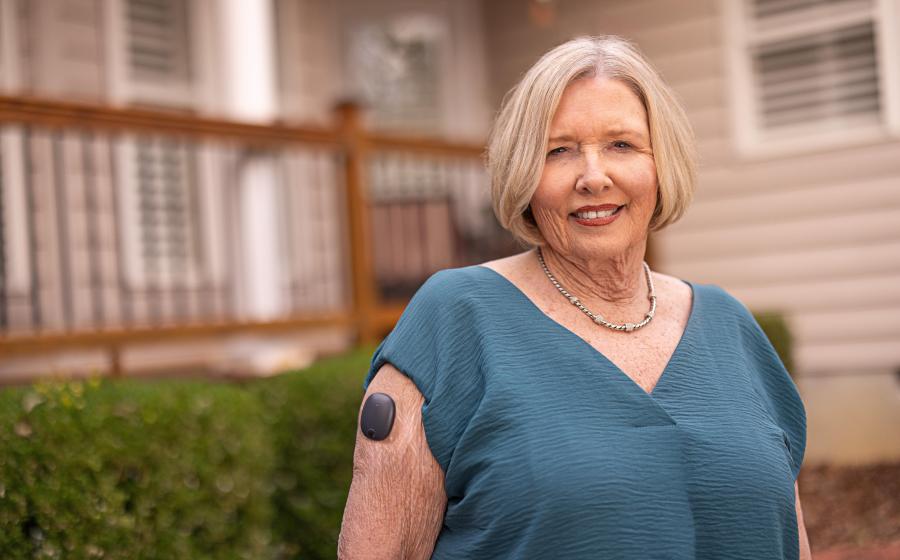

 - Age-related loss of muscle mass and strength can significantly impact the quality of life for older adults. However, recent research underscores the role of proper nutrition in preventing and managing this condition.
- Age-related loss of muscle mass and strength can significantly impact the quality of life for older adults. However, recent research underscores the role of proper nutrition in preventing and managing this condition.
 - April is National Minority Health Month, and Black Americans, American Indians/Alaska Natives (AI/AN), and underserved Americans, are among those disproportionately affected by colorectal cancer, according to the Colorectal Cancer Alliance (Alliance), the leading national nonprofit organization dedicated to ending the disease.
- April is National Minority Health Month, and Black Americans, American Indians/Alaska Natives (AI/AN), and underserved Americans, are among those disproportionately affected by colorectal cancer, according to the Colorectal Cancer Alliance (Alliance), the leading national nonprofit organization dedicated to ending the disease.
 - Obesity is an increasingly significant health problem in the United States, especially for women. The disease affects
- Obesity is an increasingly significant health problem in the United States, especially for women. The disease affects 
 - It’s practically Spring, and the outdoors is calling. “I’ll be back on my bike and celebrating the return of sunny weather,” says Todd Fishman, a long-time Louisville, Kentucky, resident and devoted bicycle enthusiast. “But this year,” he notes, “I’ll be far more diligent in protecting myself from the sun’s harmful UV rays.”
- It’s practically Spring, and the outdoors is calling. “I’ll be back on my bike and celebrating the return of sunny weather,” says Todd Fishman, a long-time Louisville, Kentucky, resident and devoted bicycle enthusiast. “But this year,” he notes, “I’ll be far more diligent in protecting myself from the sun’s harmful UV rays.” 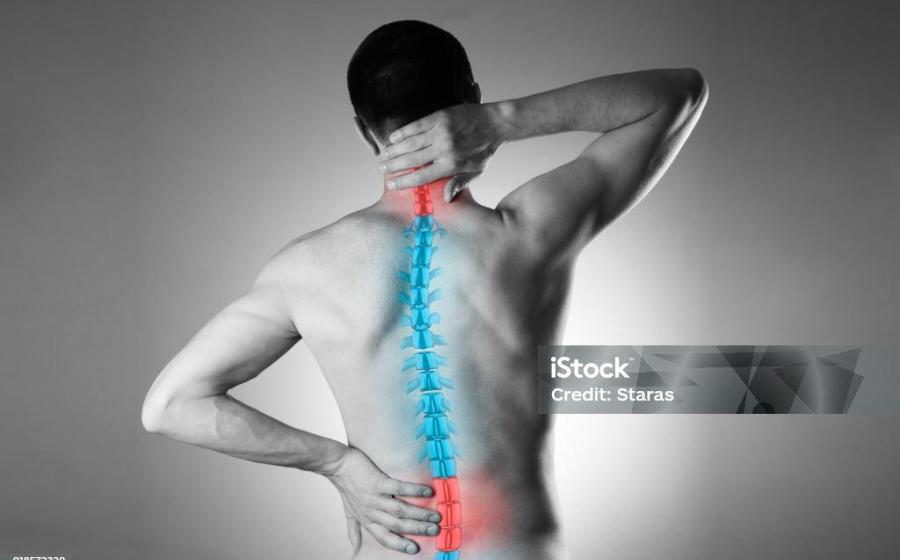
 - Low back pain remains a leading cause of disability and missed time from work in the United States. However, an at-home traction device offers a path to relief, according to Dr. Jeff Fisher, an Irvine, California-based chiropractor with more than 30 years of experience. Dr. Fisher invented the Fisher Traction Neck Device after experiencing an acute spine-related sports injury. Several years later, he developed the Fisher Traction Low Back Device to help his wife and sons manage herniated discs at home.
- Low back pain remains a leading cause of disability and missed time from work in the United States. However, an at-home traction device offers a path to relief, according to Dr. Jeff Fisher, an Irvine, California-based chiropractor with more than 30 years of experience. Dr. Fisher invented the Fisher Traction Neck Device after experiencing an acute spine-related sports injury. Several years later, he developed the Fisher Traction Low Back Device to help his wife and sons manage herniated discs at home.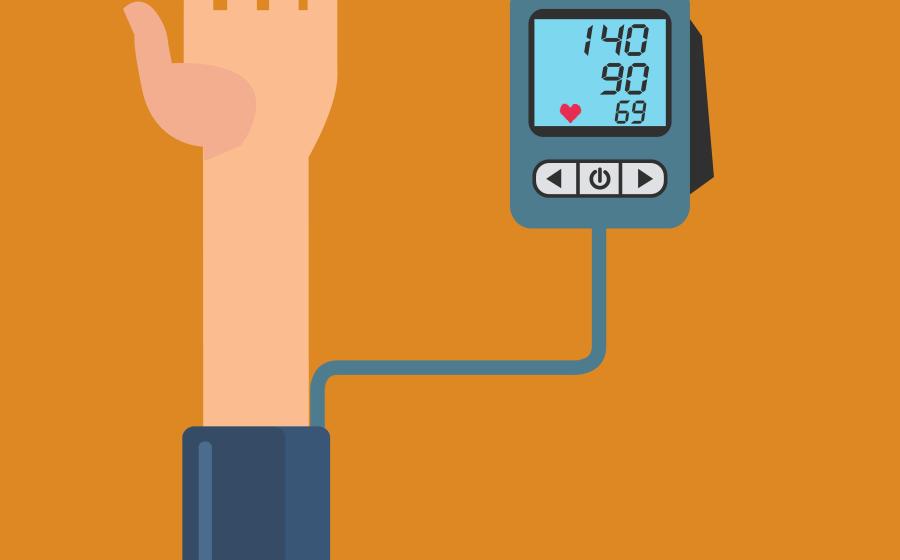
 - La presión arterial alta, también conocida como hipertensión, es una epidemia creciente que afecta a la mitad de todos los estadounidenses. La presión arterial alta puede dañar órganos vitales como el corazón, el cerebro, los riñones y los ojos sin ninguna señal de advertencia. Si no se trata, también puede provocar problemas graves como dolor de pecho, ataques cardíacos e insuficiencia cardíaca, y aumenta el riesgo de accidente cerebrovascular y enfermedad renal crónica. Durante mucho tiempo, la única forma de tratar la presión arterial alta era mediante cambios en el estilo de vida, como dieta y ejercicio, o tomando medicamentos. Hoy en día, hay otro enfoque a considerar además de las modificaciones en el estilo de vida y los medicamentos.
- La presión arterial alta, también conocida como hipertensión, es una epidemia creciente que afecta a la mitad de todos los estadounidenses. La presión arterial alta puede dañar órganos vitales como el corazón, el cerebro, los riñones y los ojos sin ninguna señal de advertencia. Si no se trata, también puede provocar problemas graves como dolor de pecho, ataques cardíacos e insuficiencia cardíaca, y aumenta el riesgo de accidente cerebrovascular y enfermedad renal crónica. Durante mucho tiempo, la única forma de tratar la presión arterial alta era mediante cambios en el estilo de vida, como dieta y ejercicio, o tomando medicamentos. Hoy en día, hay otro enfoque a considerar además de las modificaciones en el estilo de vida y los medicamentos. 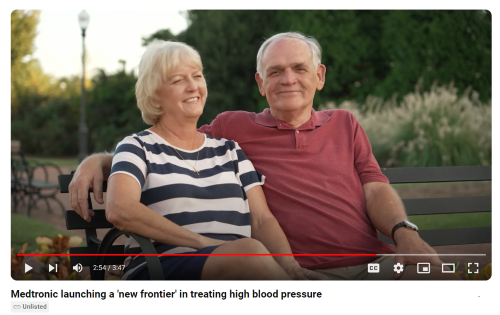

 - In the ongoing battle against COVID-19, vaccines have been successful in helping to reduce illness and contributing to the declining numbers of infections in the U.S. and around the world. But COVID-19 is not gone, and it remains a significant threat. Those with weakened immune systems, chronic illnesses and other risk factors are particularly vulnerable to severe illness from the virus.
- In the ongoing battle against COVID-19, vaccines have been successful in helping to reduce illness and contributing to the declining numbers of infections in the U.S. and around the world. But COVID-19 is not gone, and it remains a significant threat. Those with weakened immune systems, chronic illnesses and other risk factors are particularly vulnerable to severe illness from the virus.
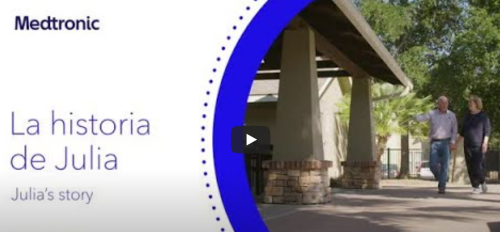
 - Lung cancer is the deadliest of all major cancers, with Small Cell Lung Cancer (SCLC) patients having a significantly lower survival rate than non-small cell lung cancer patients (NSCLC).
- Lung cancer is the deadliest of all major cancers, with Small Cell Lung Cancer (SCLC) patients having a significantly lower survival rate than non-small cell lung cancer patients (NSCLC).
